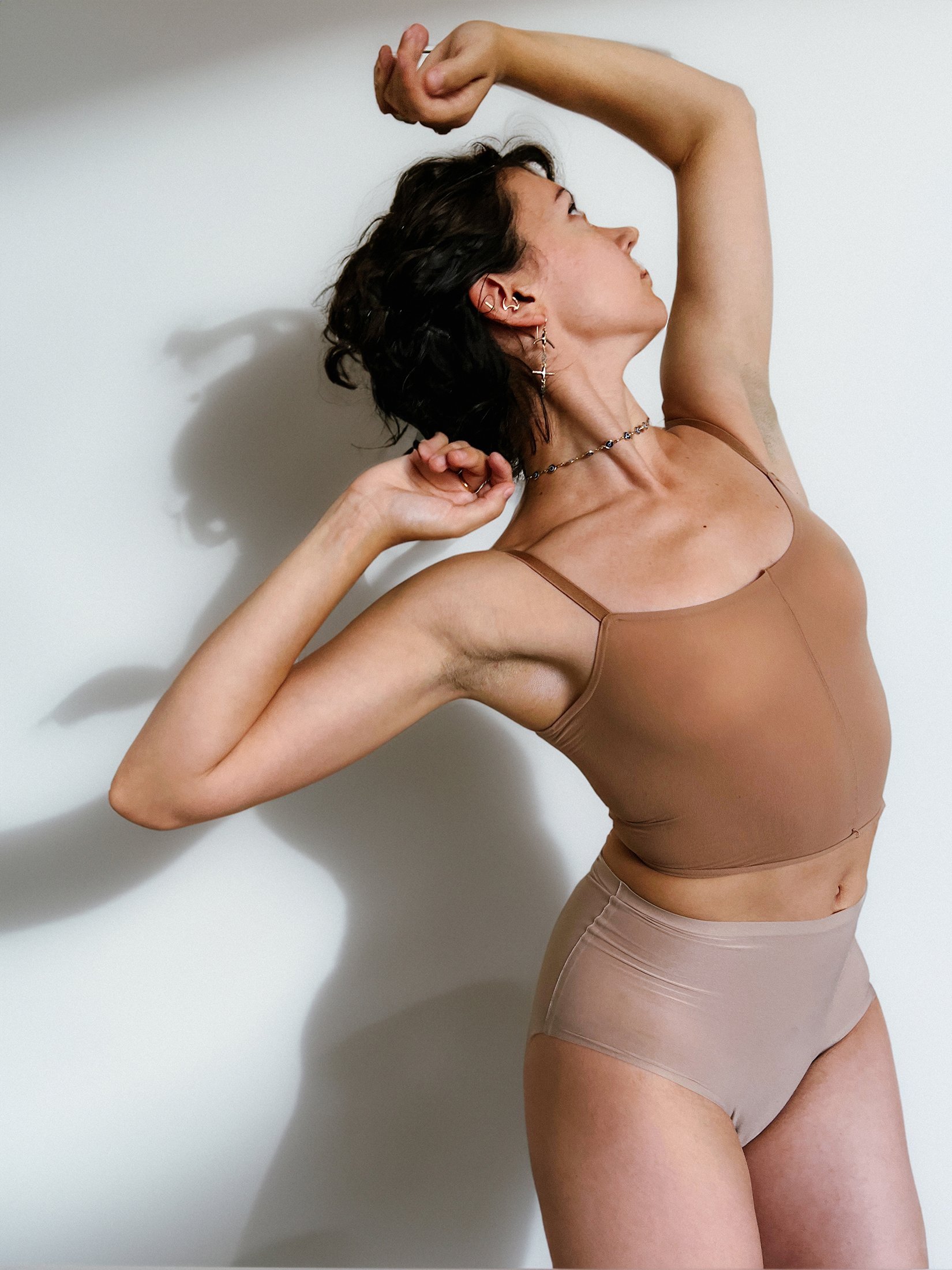Kate Huntington
Studio shoot + interview
Kate Huntington and I have been collaborating for years. We’ve shot in New York, Washington, California, Arizona, and more.
The photos featured today are from the latest shoot that we did towards the end of 2023.
After our photoshoot I sent Kate a few questions to be featured here.
Here are her answers.
- Introduction -
Hi! I’m Kate Huntington. I am currently a senior at the University of Arizona’s School of Dance. I will be graduating this spring with a dual degree in Dance and Economics. My early training began at ARC School of Ballet in Seattle, Washington, and continued at New York’s American Ballet Theatre, San Francisco Ballet, and Houston Ballet. As of today, I hold an apprenticeship with ARC Dance’s professional ballet company.
- What are 3 things you want to see change in the ballet industry? -
There are several things I would love to see change in the ballet industry. From a young age, I was fed the idea that to be a professional dancer, there is a specific path you have to take. When I decided to go the collegiate route, I accepted that my chances of a ballet career were gone. As I near graduation, I realize it is not as black and white as I had imagined. I hope to prove that achieving a fulfilling career post-graduation is achievable. I hope ballet companies shift to accepting dancers of diverse backgrounds and upbringings. In my opinion, being homeschooled and moving away from your family at 15 years old to train should not be the norm. I would love for the industry to celebrate dancers who chose to get their degrees and who prioritize their well-being. These desires may be dismissed as naïve, though they are plausible when there is a communal effort to evolve. Overarchingly, companies need to better support their dancers’ mental and physical health. The two should not have to be sacrificed to be successful in this profession.
- Do you think it’s important for dancers to have passions & hobbies outside of dance? -
Absolutely. I think it is important to be a human first and a dancer second. I feel I would have burned out and lost my passion for dancing had I given up everything else. I would go as far as to say that personal development and fulfillment are beneficial to one’s dancing. It affects the energy that you bring into the studio and onto the stage. Finding balance is a daily challenge, however, I know that making the effort is worth it.
-Top 5 favorite movies (just a general 5 in no particular order)
You can never go wrong with The Intern, Gifted, We’re the Millers, Surfs Up and The Blind Side.
- Any upcoming performances you’re excited about? -
I am currently preparing to perform a student choreographed work, “Tuyo” by Michelle Fricker in a School of Dance scholarship benefit. We will perform alongside Hubbard Street Dance Chicago, Ballet Tucson, and guest speaker, Misty Copeland. I am looking forward to our Dance Springs Eternal performance as well. It’s filled with Annabelle Lopez Ochoa’s “Somberismo”, Alvin Ailey’s “Streams”, and other exciting works!
-3 of your favorite dance pieces? (In no particular order)
William Forsythe’s The Vertiginous Thrill of Exactitude. Crystal Pite’s Emergence and The Seasons’ Canon. I grew up watching both choreographers’ works at Pacific Northwest Ballet and developed a great respect for their artistry and creative style. In the classical realm, I would say my dream role lies in Romeo & Juliet.
You can keep up with Kate through her Instagram and keep an eye on this Zine for more of our photoshoots.
-Oliver Endahl






































